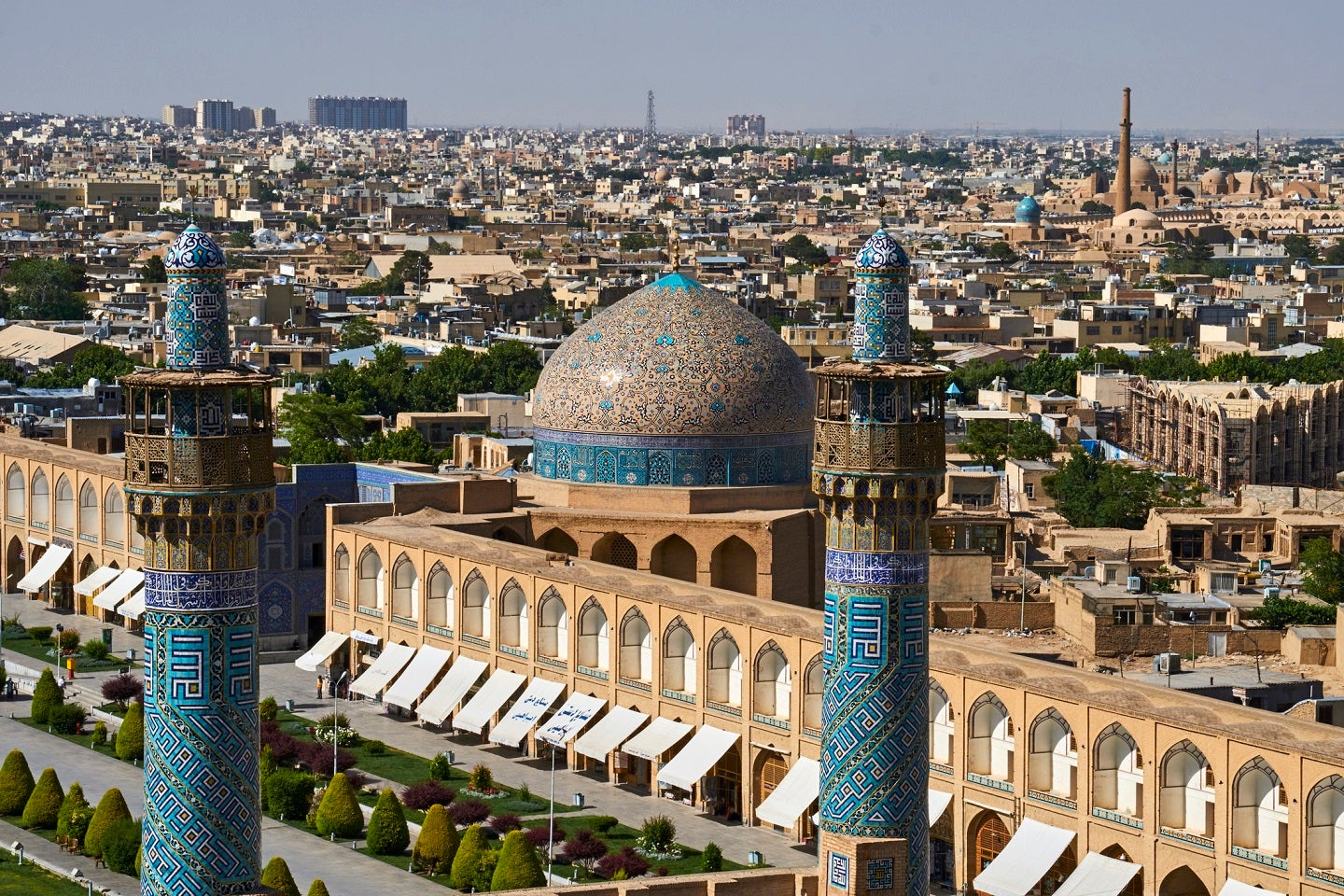
Reports have emerged in the Iranian media of another foiled attack by a micro aerial vehicle last night, on 4 April 2023. It is believed the UAV was targeting the Amir-al-Mo’menin complex of the Iranian Defence Ministry in Isfahan according to the Iranian media outlet Tasnim News Agency.
However, a conflicting report has followed this announcement three hours later from the state-controlled Islamic Republic News Agency (IRNA). IRNA received a comment from Iran’s Interior Minister, Ahmad Vahidi, who purportedly remarked: “We do not confirm reports on the entrance of a micro aerial vehicle, and it needs verification”. So far there have been no accusations associating Israel to this unconfirmed incident.
All reports assert that no damage has been inflicted on the government defence complex in Isfahan.
Tit-for-tat
This would not the first time unmanned aerial vehicle (UAV) assaults were waged between the countries. The Iranian Ministry of Defence announced on 28 January that the Iranian air defence forces had repelled a drone strike on a military facility in Isfahan once before.
Similarly, on 2 April, the Israeli Defence Force (IDF) tracked an unidentified aircraft, which was soon “taken down over an open area”. The aircraft was discovered in Gaza airspace, and Hebrew media reports say the military believes the aircraft was of Iranian origin.

Iran’s response time
As the two countries engage in tit-for-tat UAV strikes, the Iranian Defence Ministry has sought to bolster its military facilities and accompanying fleets and resources. On 7 February, the Islamic Republic of Iran Air Force showcased their new underground air base, the Oqab 44 (Eagle 44).
The facility is believed to be heavily protected, tucked beneath mountains, to avoid aerial bombing and strikes. The unveiling of this underground air base followed the largest ever US-Israeli military exercise: Juniper Oak, in the Middle Eastern region.
Facilities such as this are believed to be dotted across Iran. They are designed to mobilise a rapid aerial response to such attacks from adversarial forces.
UAV market
Iran is known to be a big investor in UAVs. GlobalData tells us that the regime is forecast to see growth in spending on their UAVs from $85m in 2023 to $125m in 2025. They are a major supplier to the Houthi rebels who control parts of Yemen, and they have also supplied Russia in their invasion of Ukraine.
Similarly, Israeli forces are expected to register a compound annual growth rate of 5.5% with their spending on medium-altitude long-endurance UAVs alone.
According to GlobalData forecasts, the global UAV market will reach $89.6bn by 2030, up from $13.7bn in 2021. The market share of commercial UAVs will increase from 34% in 2021 to 64% in 2030.




